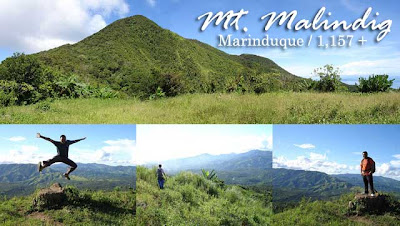 I can't believe I'm back in Beijing in less than a year! I'm attending the Seminar on Conservation and Management of Cultural Heritage for Asian and African Countries organized by the China National Institute of Cultural Property (CNICP) from August 1 to 15. However, I arrived a day late because of the GMA event last August 1.
I can't believe I'm back in Beijing in less than a year! I'm attending the Seminar on Conservation and Management of Cultural Heritage for Asian and African Countries organized by the China National Institute of Cultural Property (CNICP) from August 1 to 15. However, I arrived a day late because of the GMA event last August 1.I was hoping to see more ASEAN countries here but it's just me and the two delegates from Myanmar. There are some from the former Soviet Union such as Azerbaijan, Armenia and Turkmenistan, as well as Nepal (South Asia) and Mongolia (East Asia). But most of the delegates are from Africa. There are also some Arab delegates attending another seminar.
 As always, we're being served several courses for breakfast, lunch and dinner. And at the rate I'm going, I might gain more weight. Sigh! Most of our time will be in sessions at the CNICP. But on weekends, the group will go on educational trips.
As always, we're being served several courses for breakfast, lunch and dinner. And at the rate I'm going, I might gain more weight. Sigh! Most of our time will be in sessions at the CNICP. But on weekends, the group will go on educational trips.  Today, I was back at the Ming Tombs and the Great Wall of China, both UNESCO World Heritage Sites. Good thing they brought us to those I have not yet seen. Last year, I was at Zhao Ling and the Great Wall section at Badaling. This time, we visited Ding Ling, the mausoleum of the 13th emperor of the Ming Dynasty Zhu Yijun and his two empresses. It was completed in 1590. We got to visit it's underground palace (burial chamber) since this was the first of the thirteen tombs to be excavated (only three have been unearthed to date). There was a museum built near the entrance which features all the treasures they found in the underground palace.
Today, I was back at the Ming Tombs and the Great Wall of China, both UNESCO World Heritage Sites. Good thing they brought us to those I have not yet seen. Last year, I was at Zhao Ling and the Great Wall section at Badaling. This time, we visited Ding Ling, the mausoleum of the 13th emperor of the Ming Dynasty Zhu Yijun and his two empresses. It was completed in 1590. We got to visit it's underground palace (burial chamber) since this was the first of the thirteen tombs to be excavated (only three have been unearthed to date). There was a museum built near the entrance which features all the treasures they found in the underground palace. We had lunch in the bus before proceeding to Juyongguan Pass which is the section of the Great Wall nearest to Beijing. What is unique about this section are its fortified gates.
We had lunch in the bus before proceeding to Juyongguan Pass which is the section of the Great Wall nearest to Beijing. What is unique about this section are its fortified gates. Since it looked like it was going to rain (and it did), I decided not to go to far up. I was able to explore the walls on both sides of the gate. In front of the gate, I was also able to get on a camel for a photo. We got back at the hotel at about 4 p.m. which gave us two hours to rest before dinner was served. Tomorrow, I will be back in the Forbidden City. More photos is Multiply.
Since it looked like it was going to rain (and it did), I decided not to go to far up. I was able to explore the walls on both sides of the gate. In front of the gate, I was also able to get on a camel for a photo. We got back at the hotel at about 4 p.m. which gave us two hours to rest before dinner was served. Tomorrow, I will be back in the Forbidden City. More photos is Multiply.Technorati Tags: beijing, china, great wall, ming tombs, unesco, heritage, architecture, travel, travel blog




















